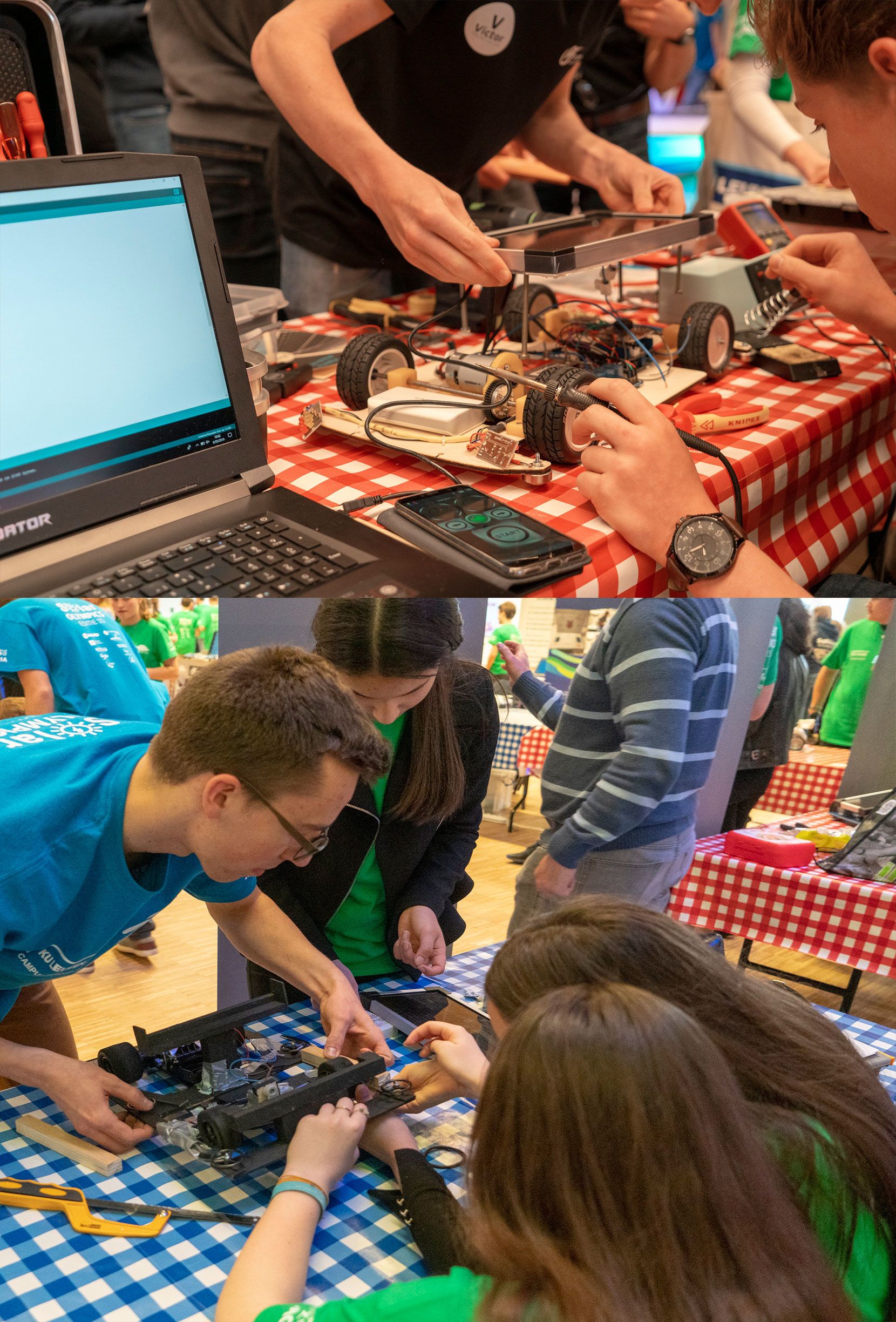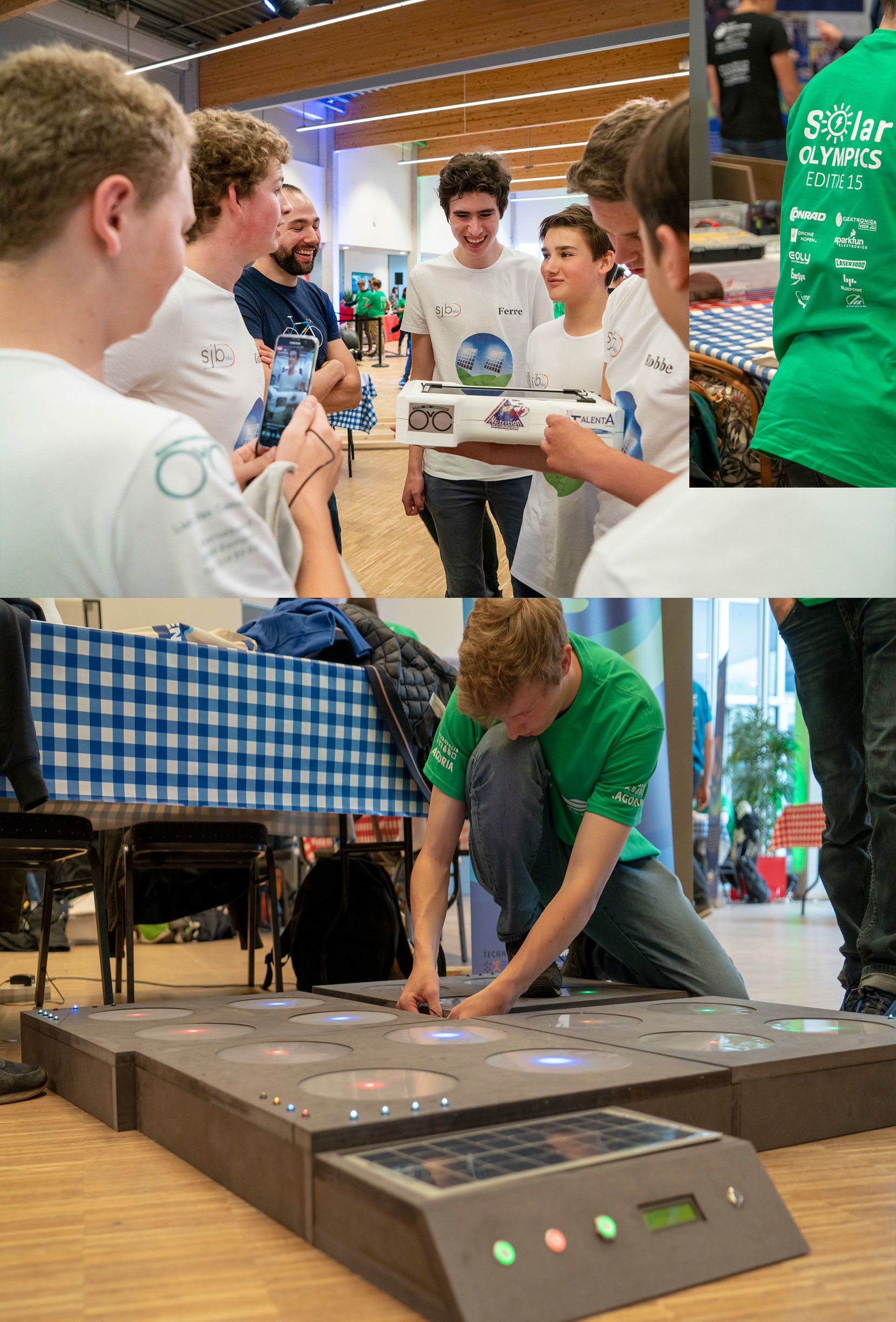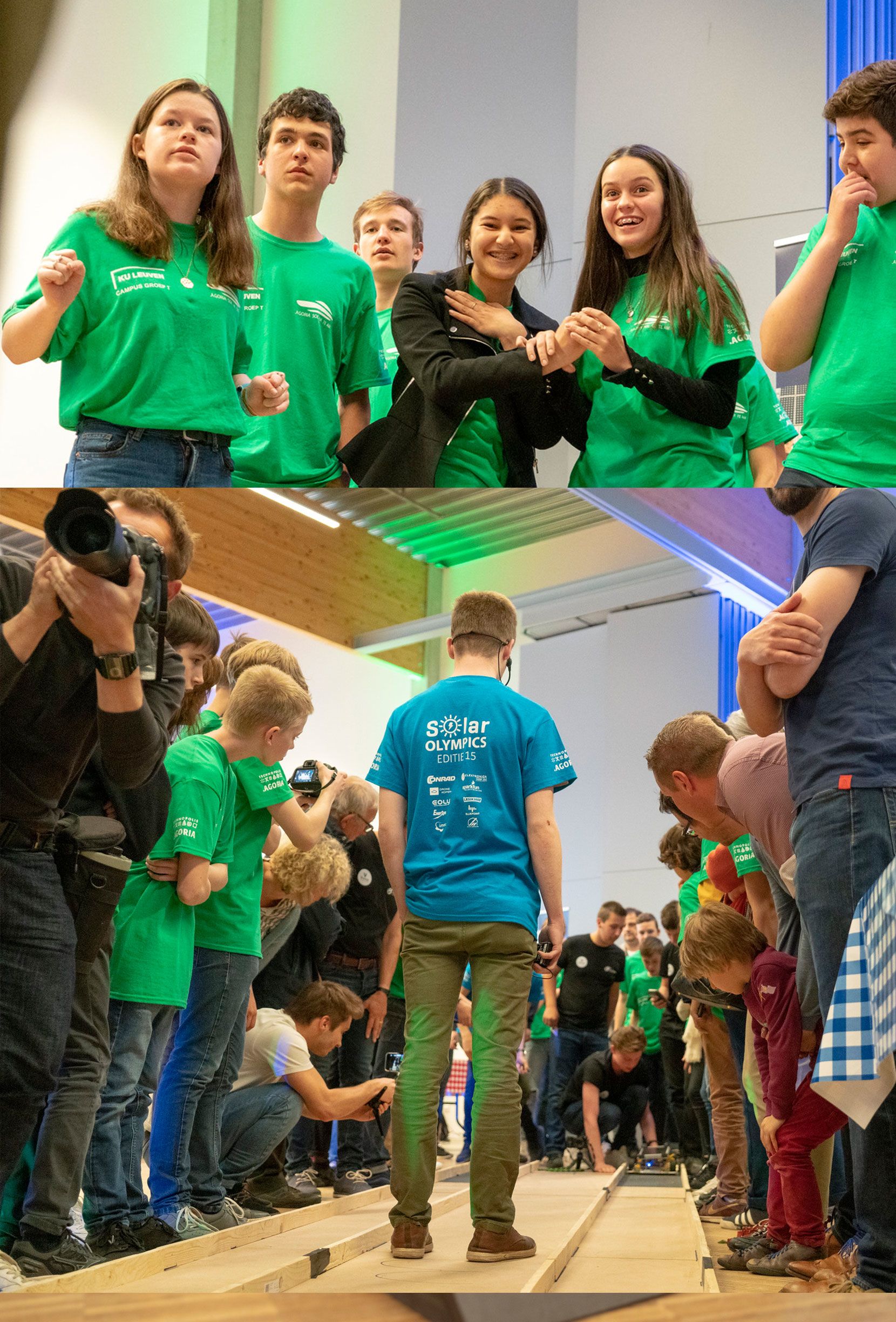Curtain Up on
the Blue Point Atlas
Let the Journey Begin ...
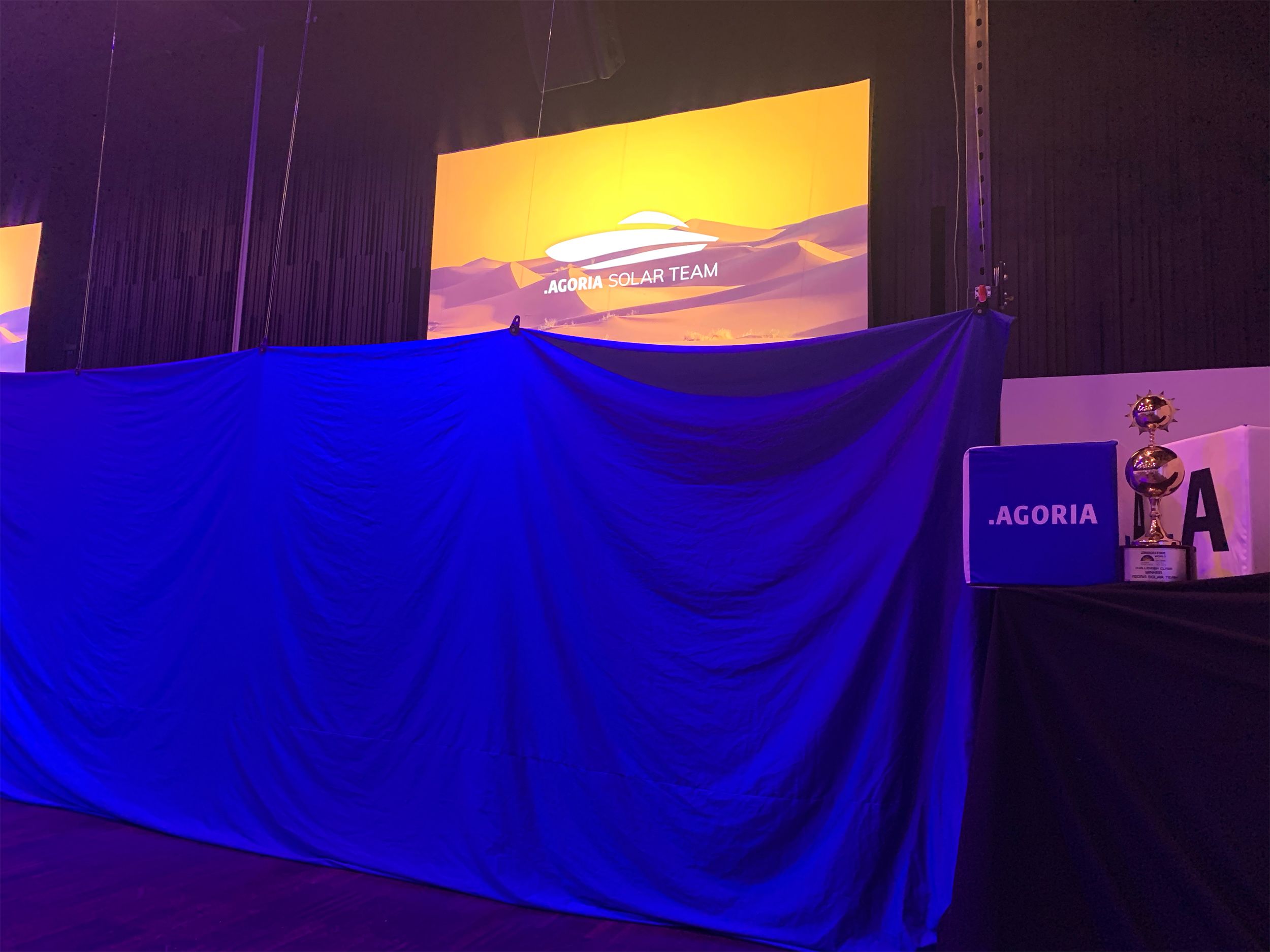
Earlier this year, the Belgian Agoria Solar Team, the winners of last year’s Bridgestone World Solar Challenge, were met with bitter disappointment when their dream of competing in this year’s challenge was brought to an abrupt halt by the COVID-19 pandemic. The race, which should have taken the team across Australia to demonstrate the capabilities of their university-built solar car, seemed all but lost.
However, disappointment was followed by joy and excitement when it was announced that an alternative race would happen in Morocco in October. This has given the team a huge amount to think about in terms of the different location and conditions where the race will take place.
ST Engineering iDirect, along with our partners, Intelsat and Kymeta, will be providing satellite connectivity to the race team. We’re no strangers to this challenge having been involved for the past two editions of the race.
We sent two of our very own team members, Head of Media and Broadcast, Hans Massart and Strategic Marketing Director, Els Baele, to the grand unveiling of the car that will take on this year’s race, the Blue Point Atlas.
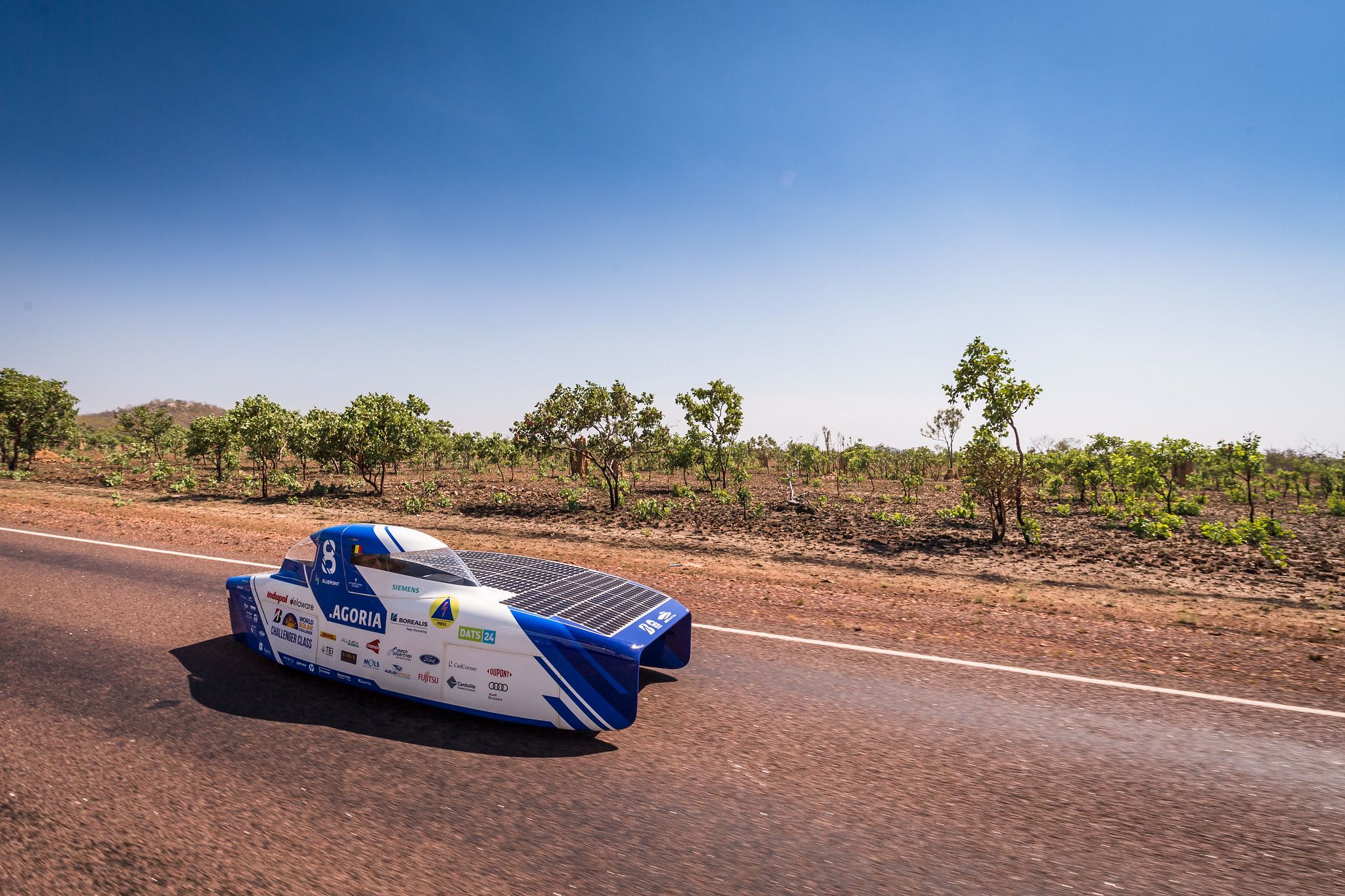
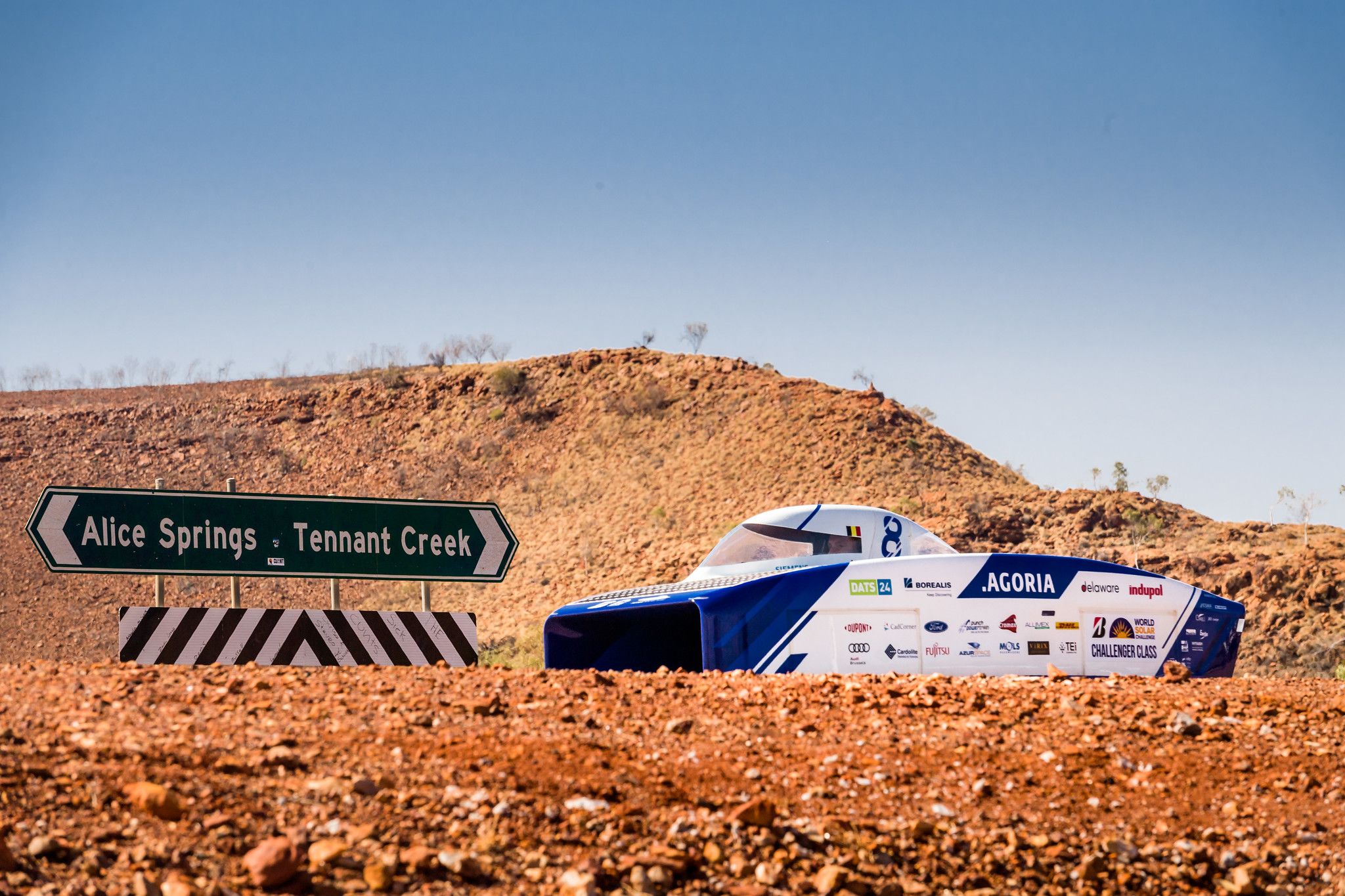
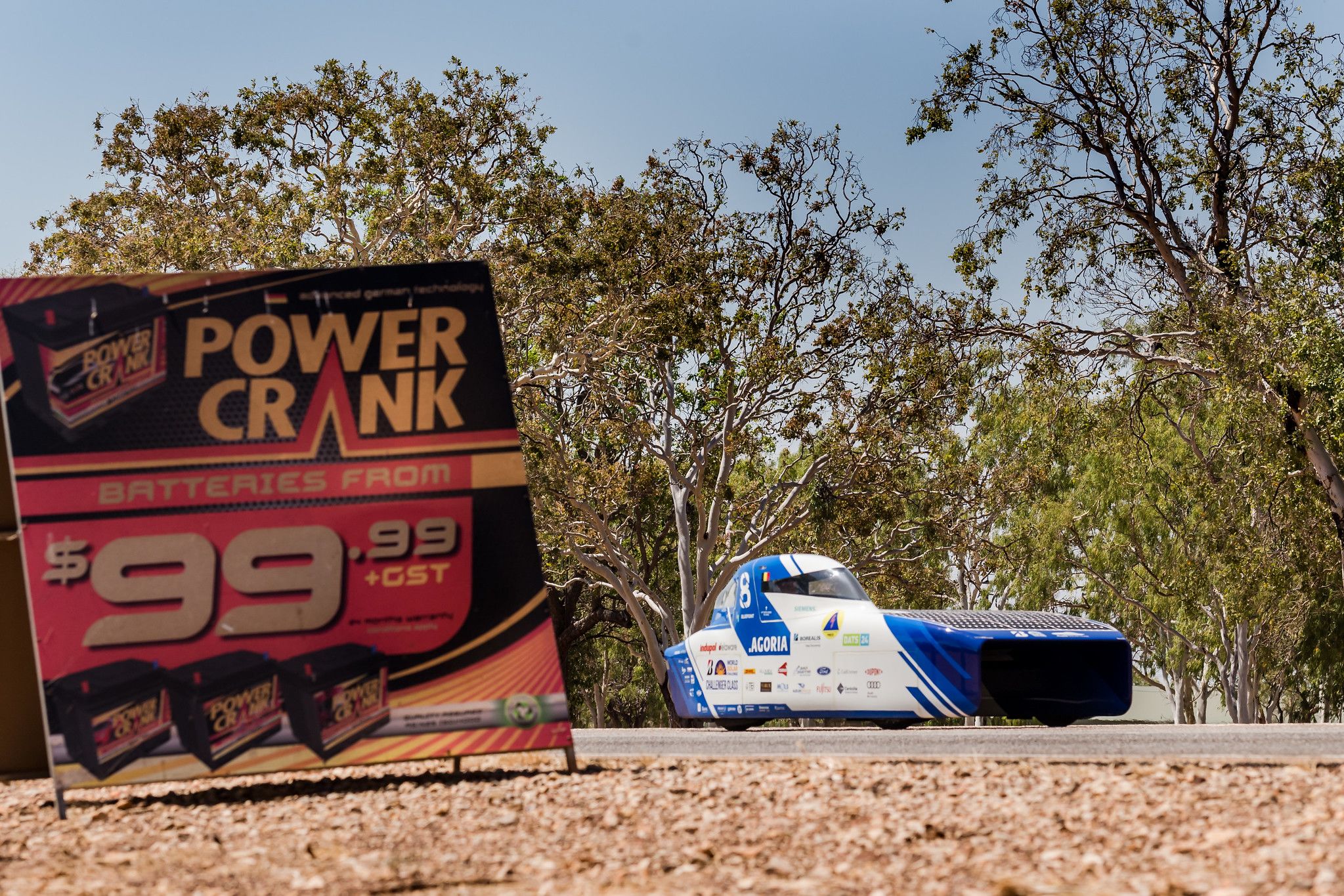
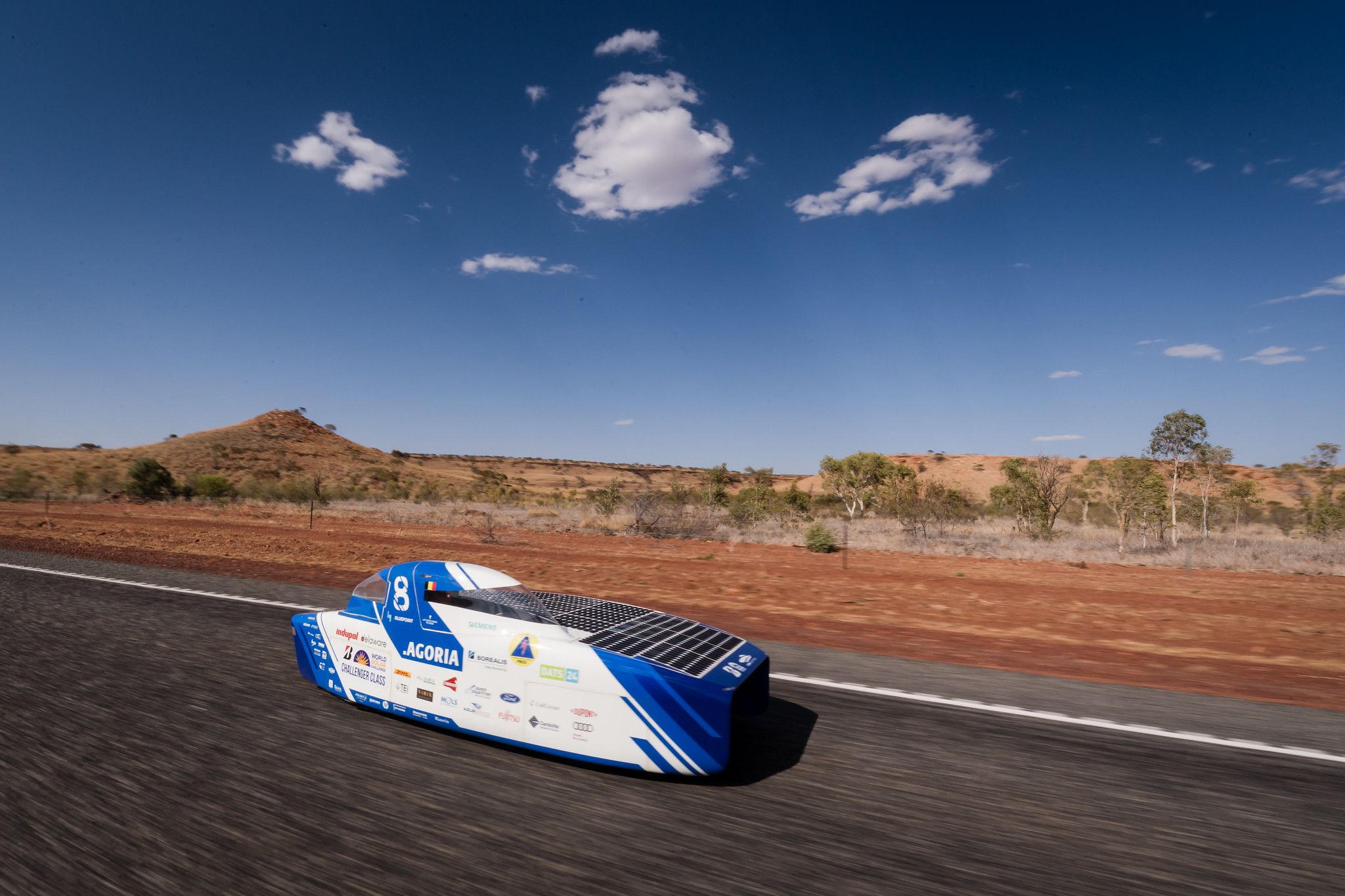
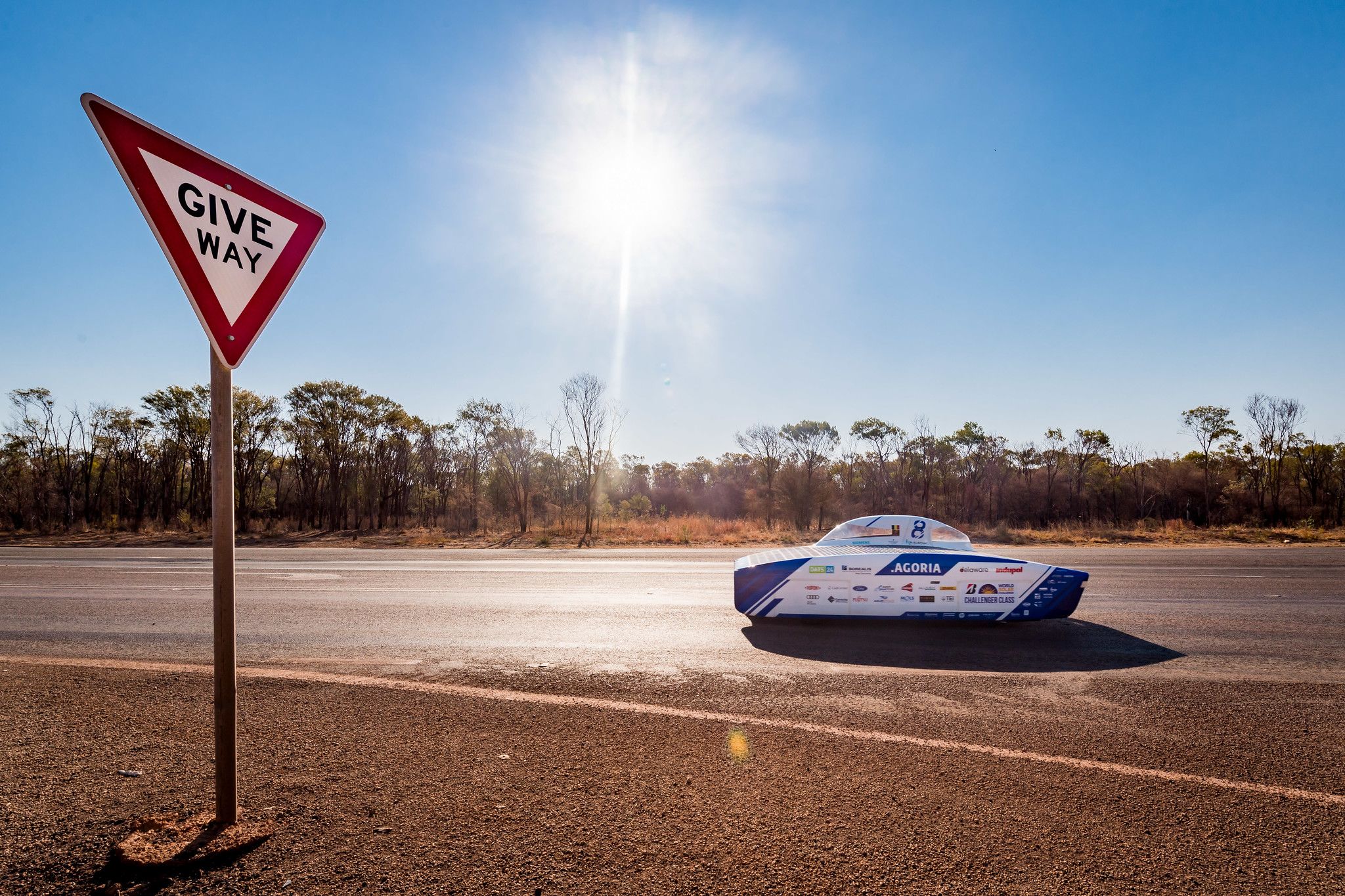
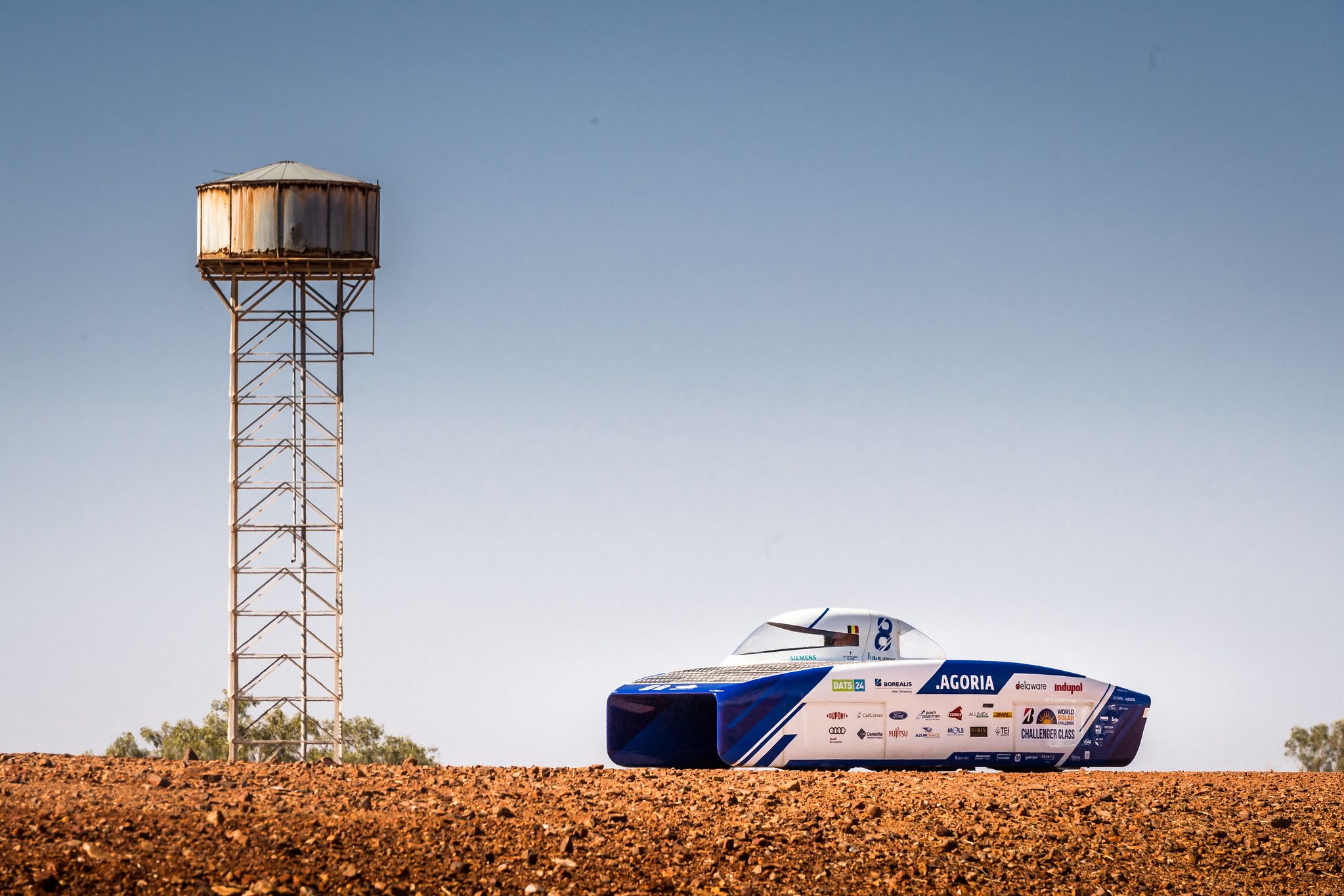
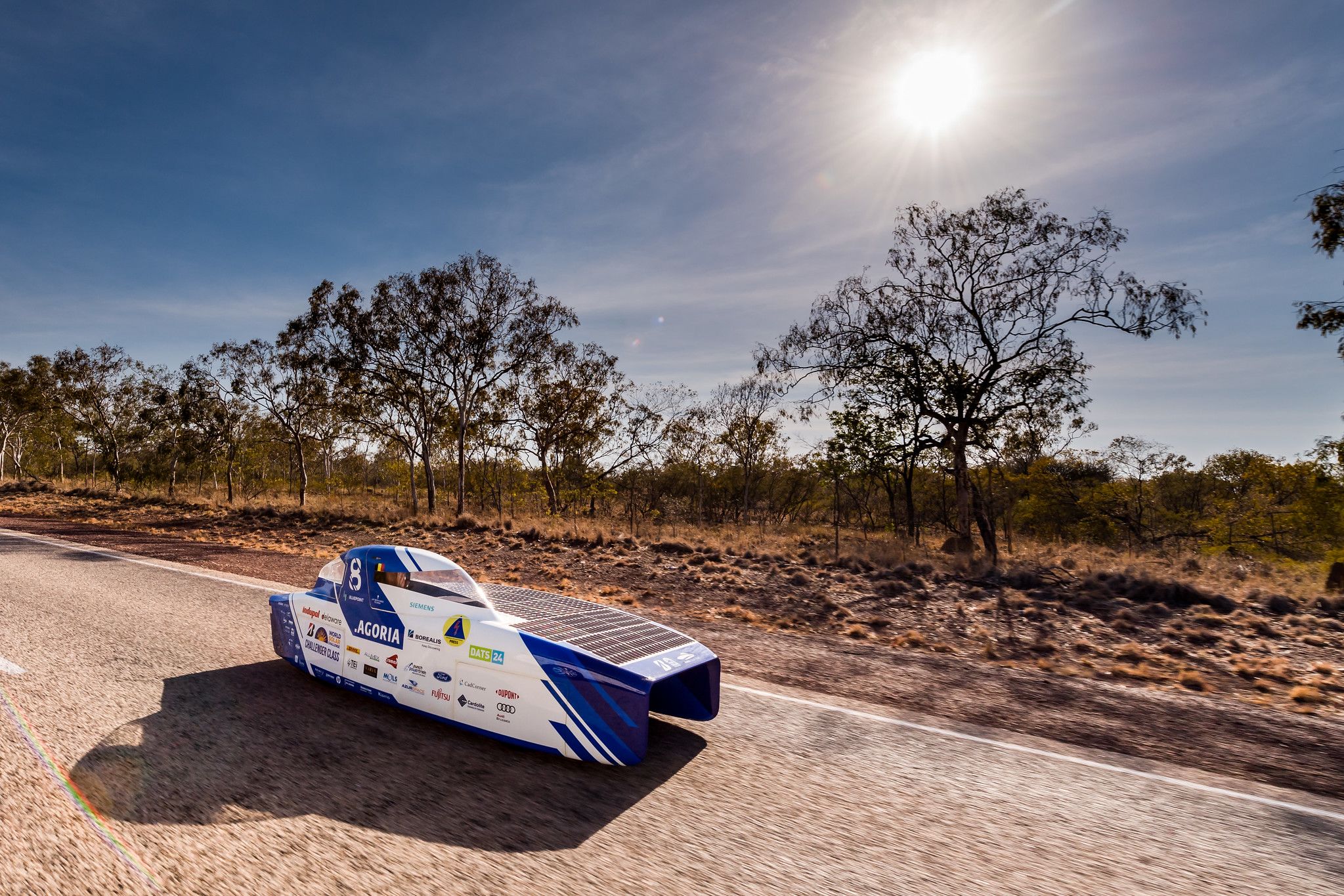
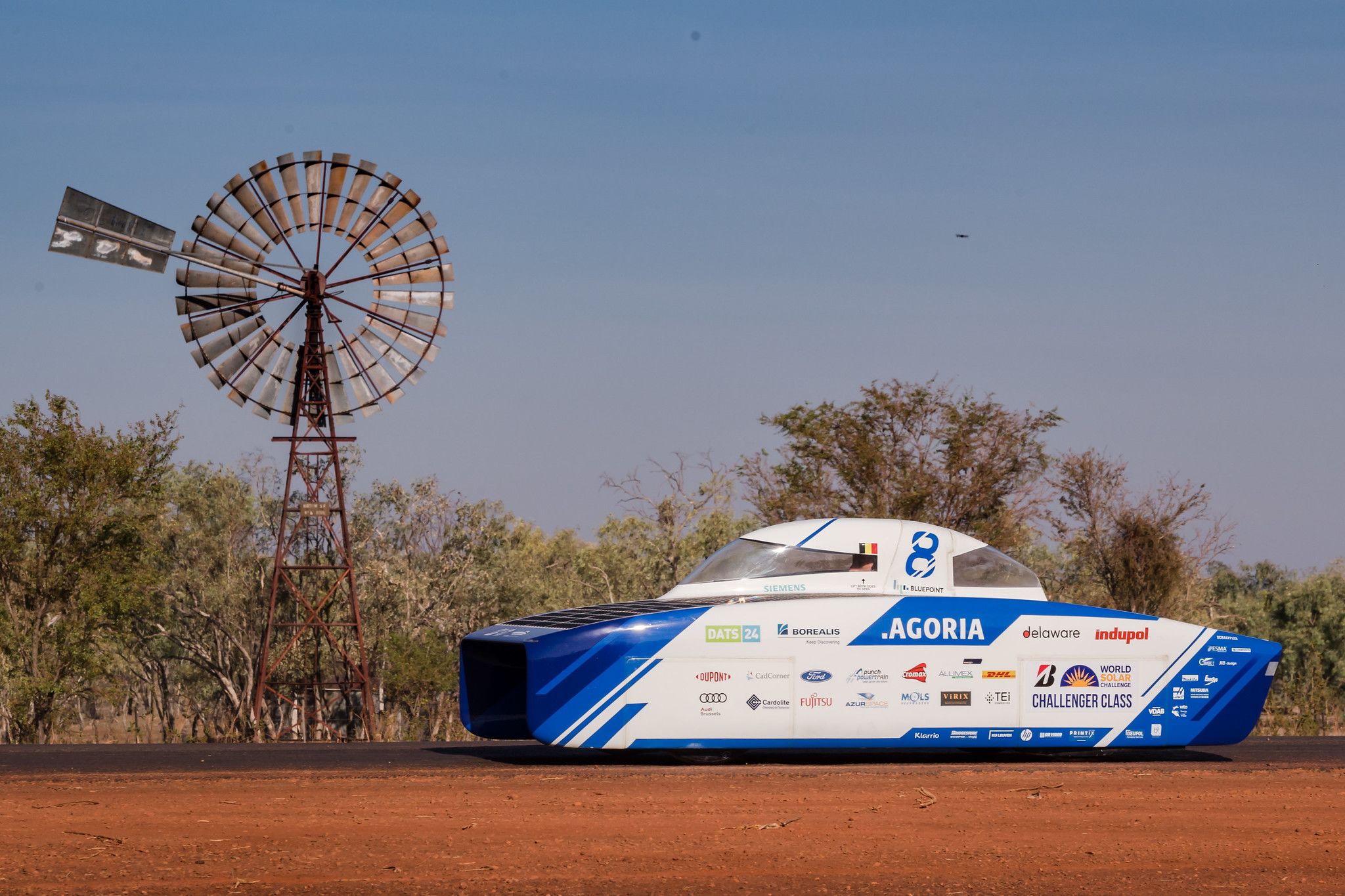
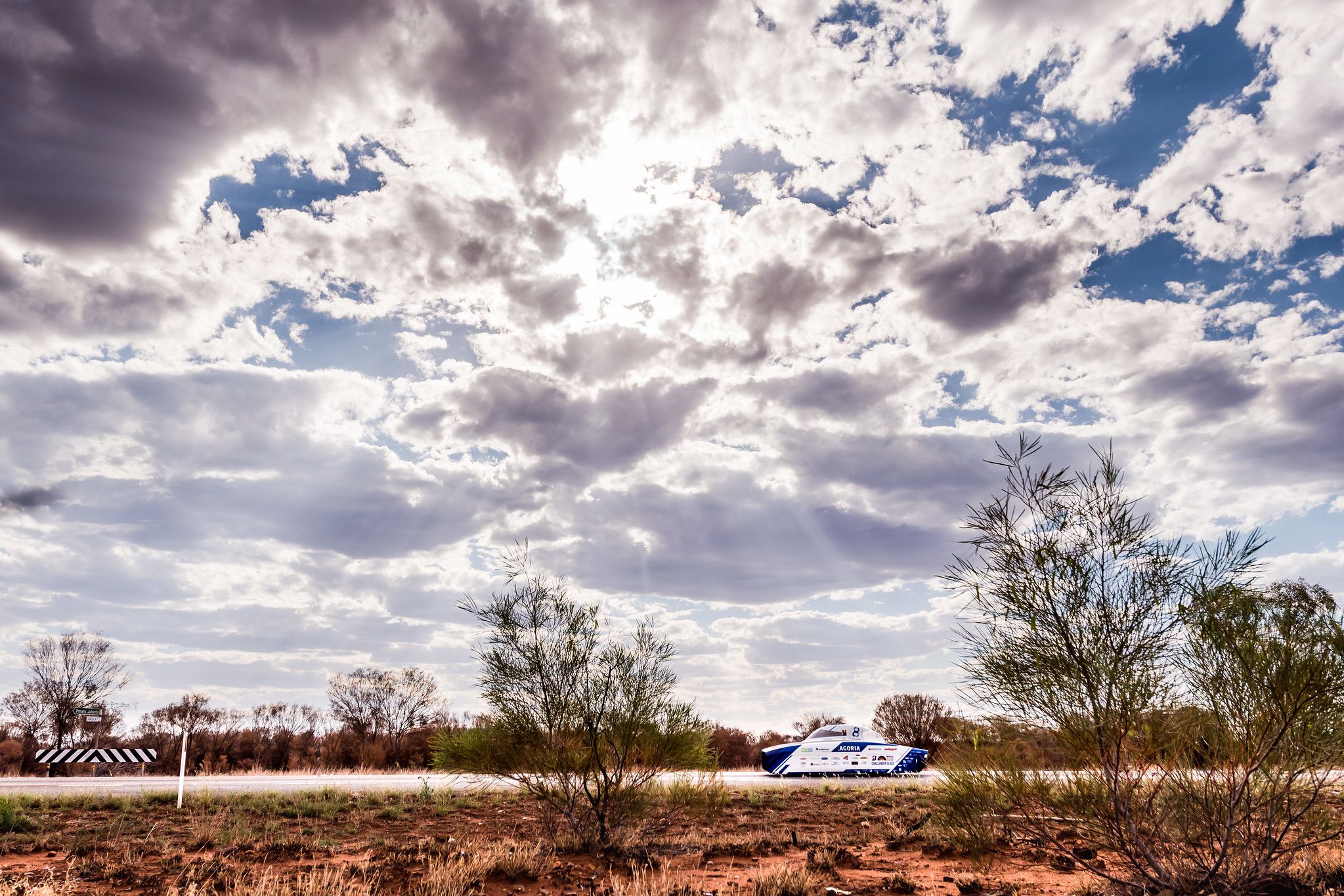
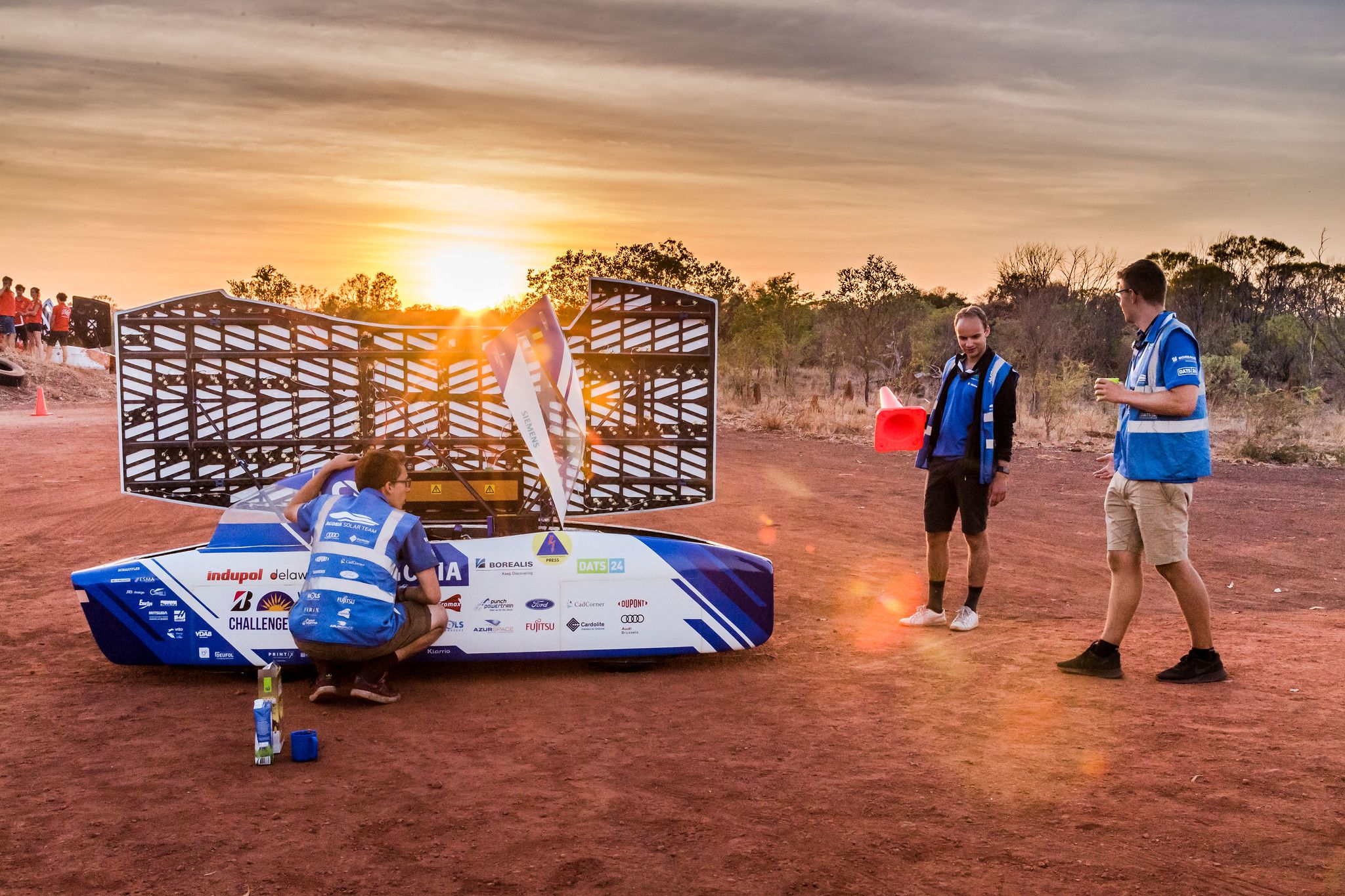
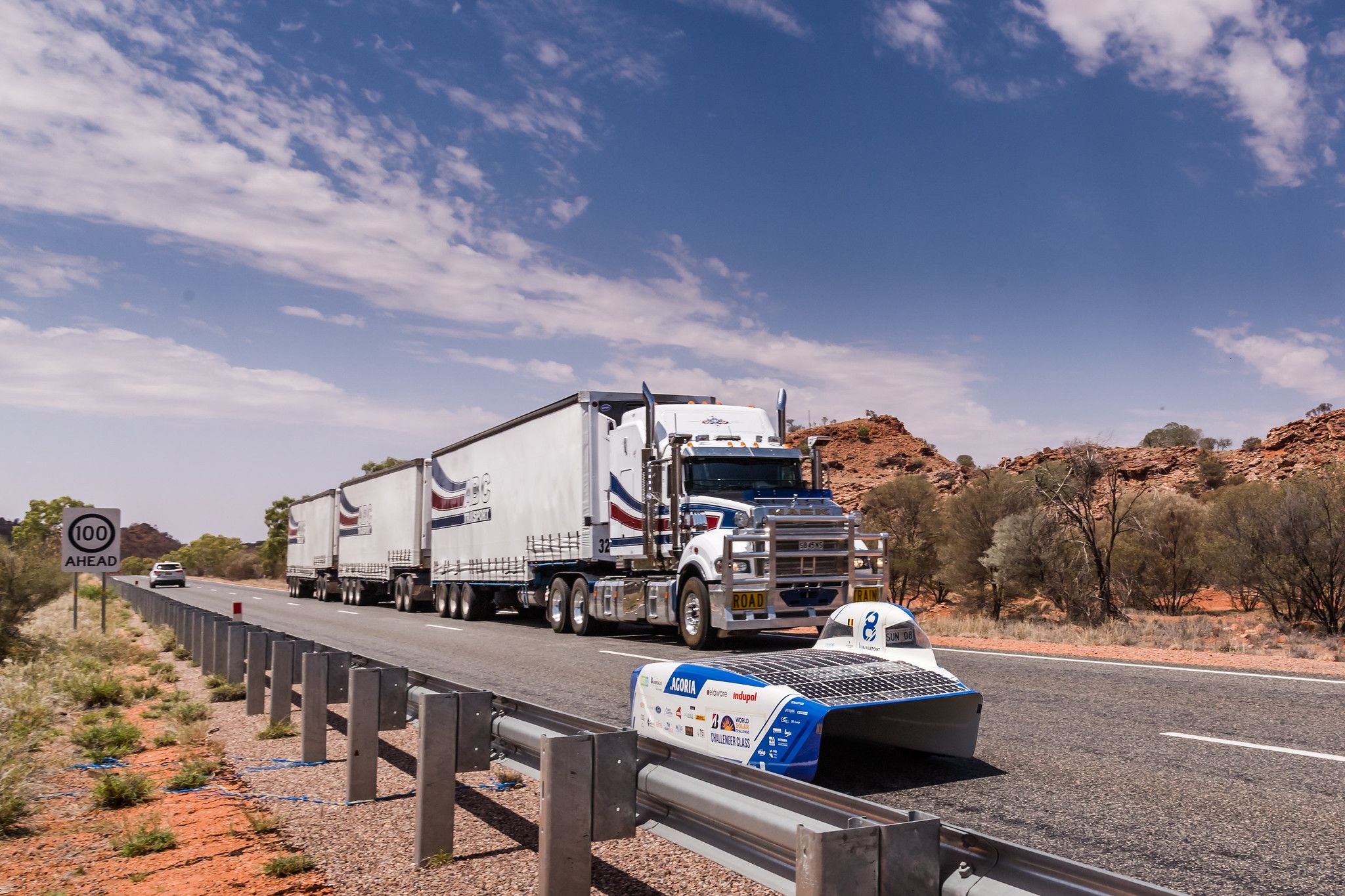

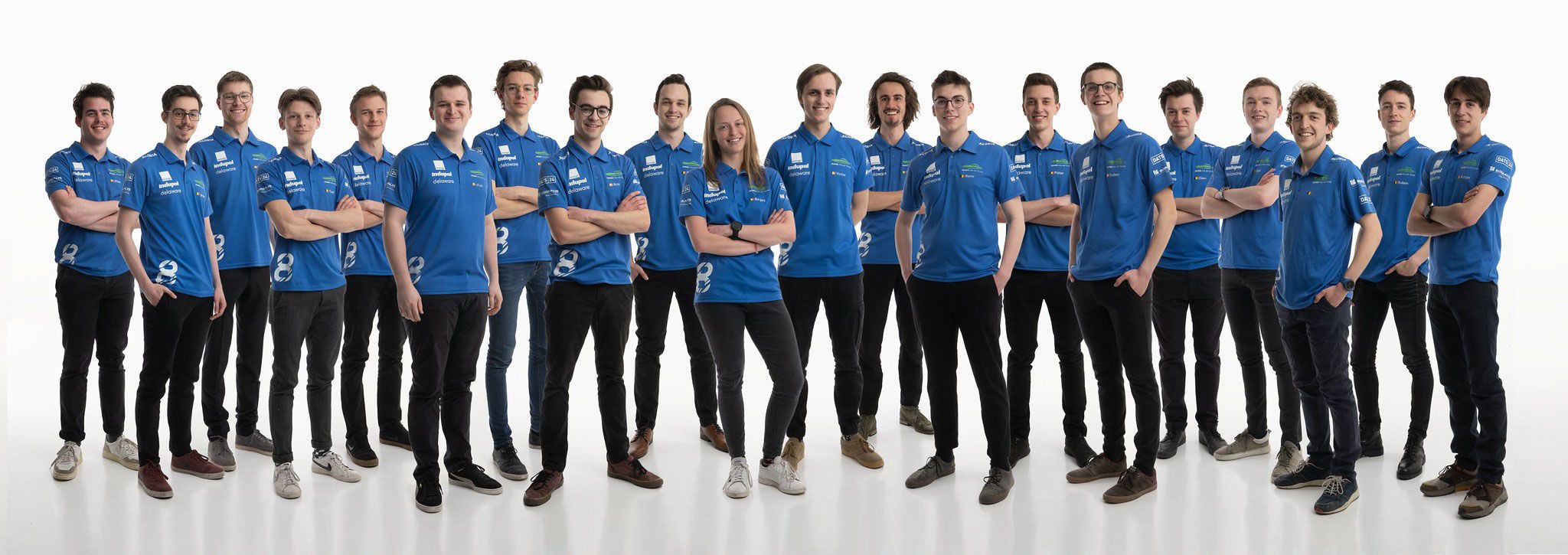
Having witnessed the Solar Car Reveal today, what impressed you about the team. If you would have to describe this group of young people which words would you use?
Hans: Innovation, team spirit and willpower.
This is an incredible group of young people that have really proved themselves and showed great resilience, especially over the last six months.
I say innovation because, yet again they have managed to re-think the design of the solar car from the ground up, and in doing so have moved away from the beaten path. The changing rules of the competition have pushed the team to think out of the box for example, ergonomic considerations for the driver, type of solar cells and total surface of the solar panel.
Team spirit sprang to mind because it’s only through building a coherent team where everybody is prepared to flexibly cover different roles - both interesting and less interesting ones - that a winning solution ca be reached.
Els: I’d say resilient, flexible and creative.
When the race in Australia was cancelled because of COVID-19, that was a huge disappointment for the team. But they quickly recovered and shortly after, already started working on a new plan. They started talking to all the other solar teams, seeing if together they could create an alternative to the now classic race in Australia, which would be different, but just as challenging. That’s what they wanted - to find out if their solar car would work and exceed expectations. And they succeeded, we will now for the first time have a race in Morocco!
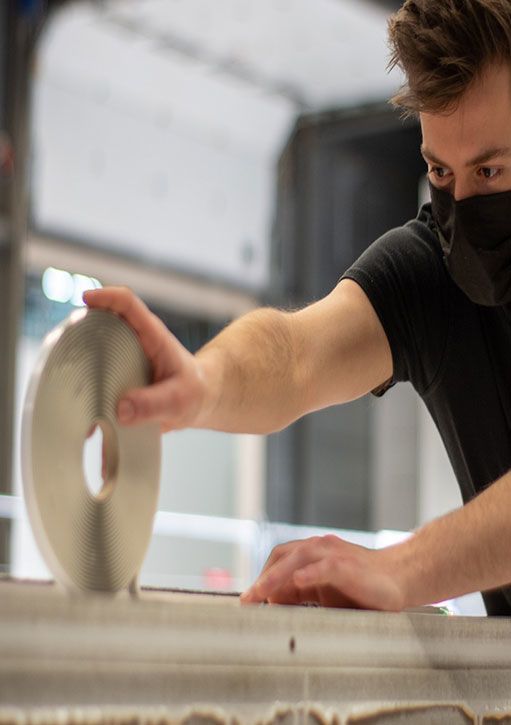
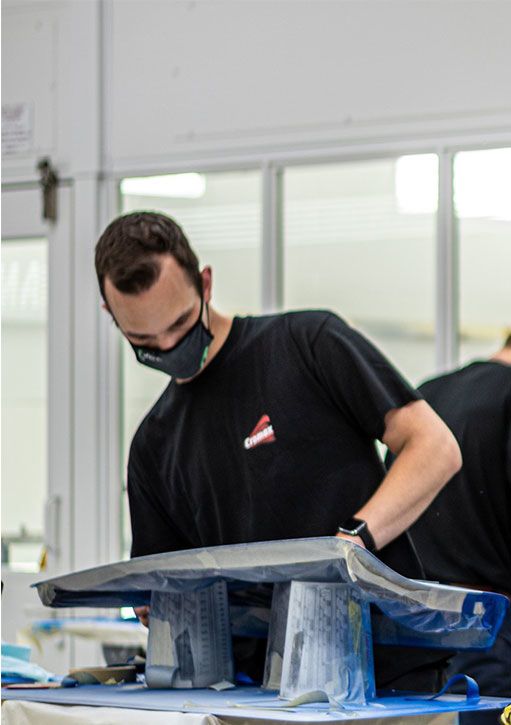
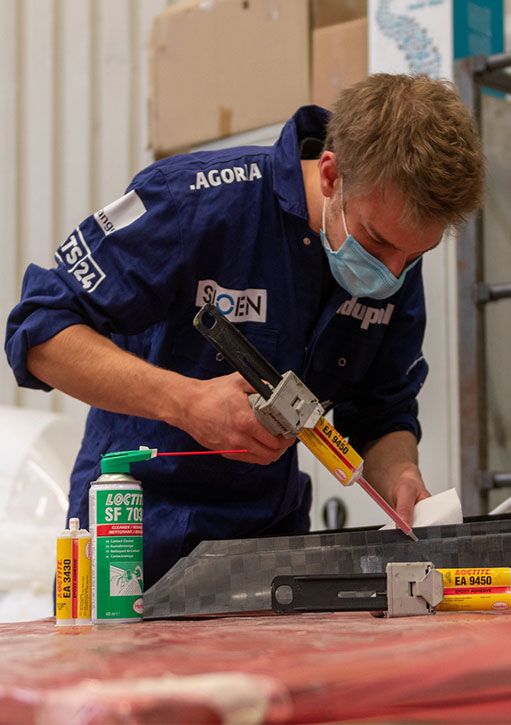
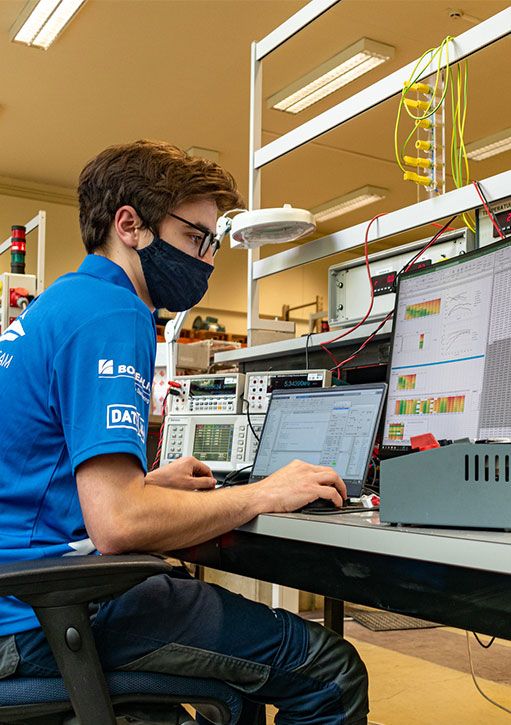
The Solar Car Reveal
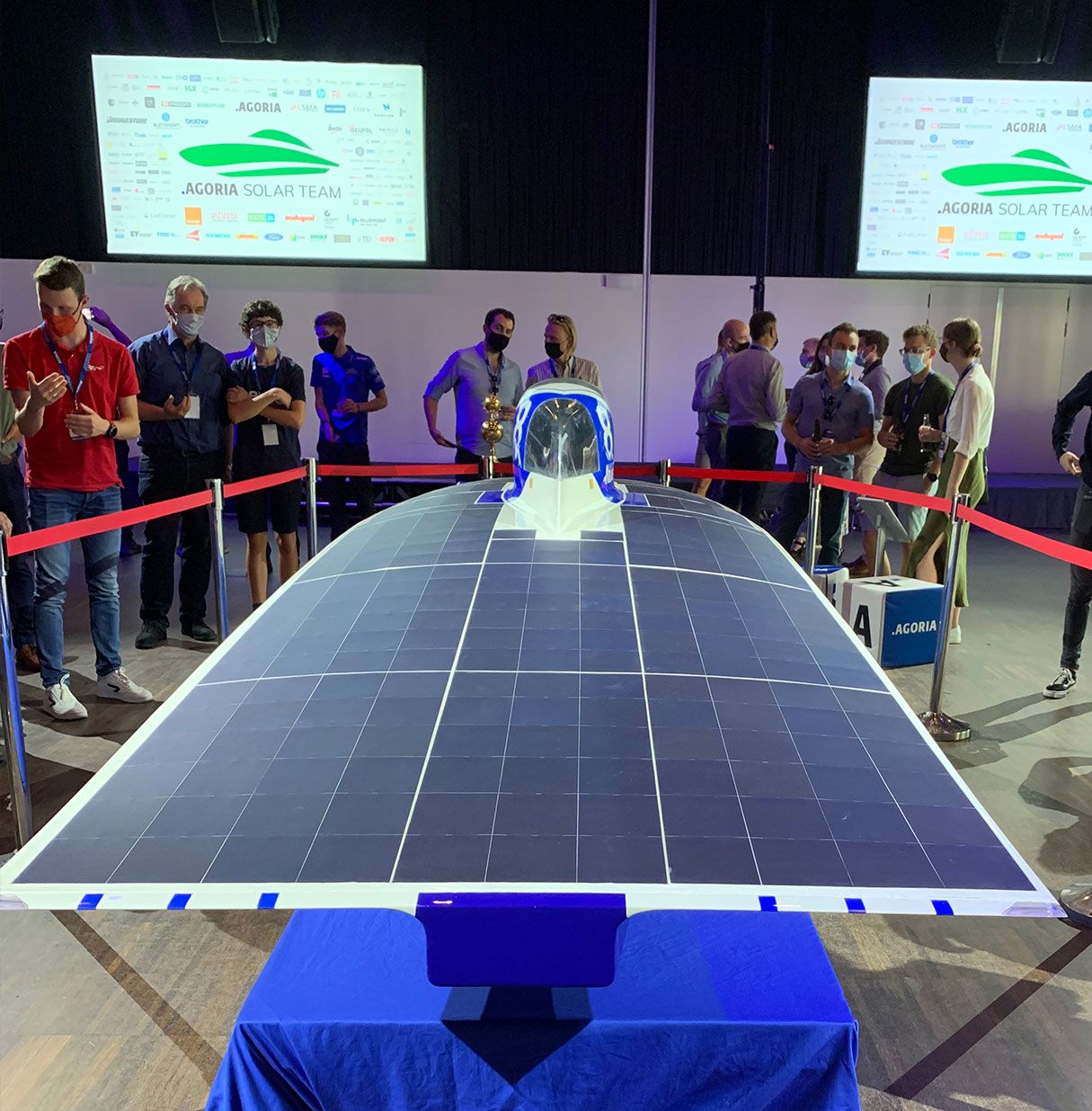
Everyone was excited and curious about the new car. Now that it has been revealed what were your first thoughts?
Hans: The team came to the conclusion that because of the new rules a drastic overhaul of the aerodynamics was key and hence the new car came as a total surprise.
Els: What struck me was how different it looked compared to the previous cars. A lot of thought has obviously gone into it. It mustn’t have been an easy choice to move away from an already successful design. But that’s what I like about this group of students, they’re very knowledgeable and self-confident. They work hard, do the research and make the decisions they have to make to move forward!
Are there things the team said about the choice of design of the car that particularly stood out for you?
Hans: For the first time, significant attention was spent on the ergonomics of the driver. Rather than squeeze the driver into a small and awkward position, a dummy is provided by the organization that measures 2m. It has a serious impact on the size. After the heavy winds of last year, which caused one of the Dutch teams to have an accident, a lot of attention has also been spent on the aerodynamic stability of the new car.
Els: I found it fascinating that the team let themselves be inspired by aerodynamics they saw in nature as well. I believe they looked at how different animals gained momentum to get some ideas on the shape of the car.
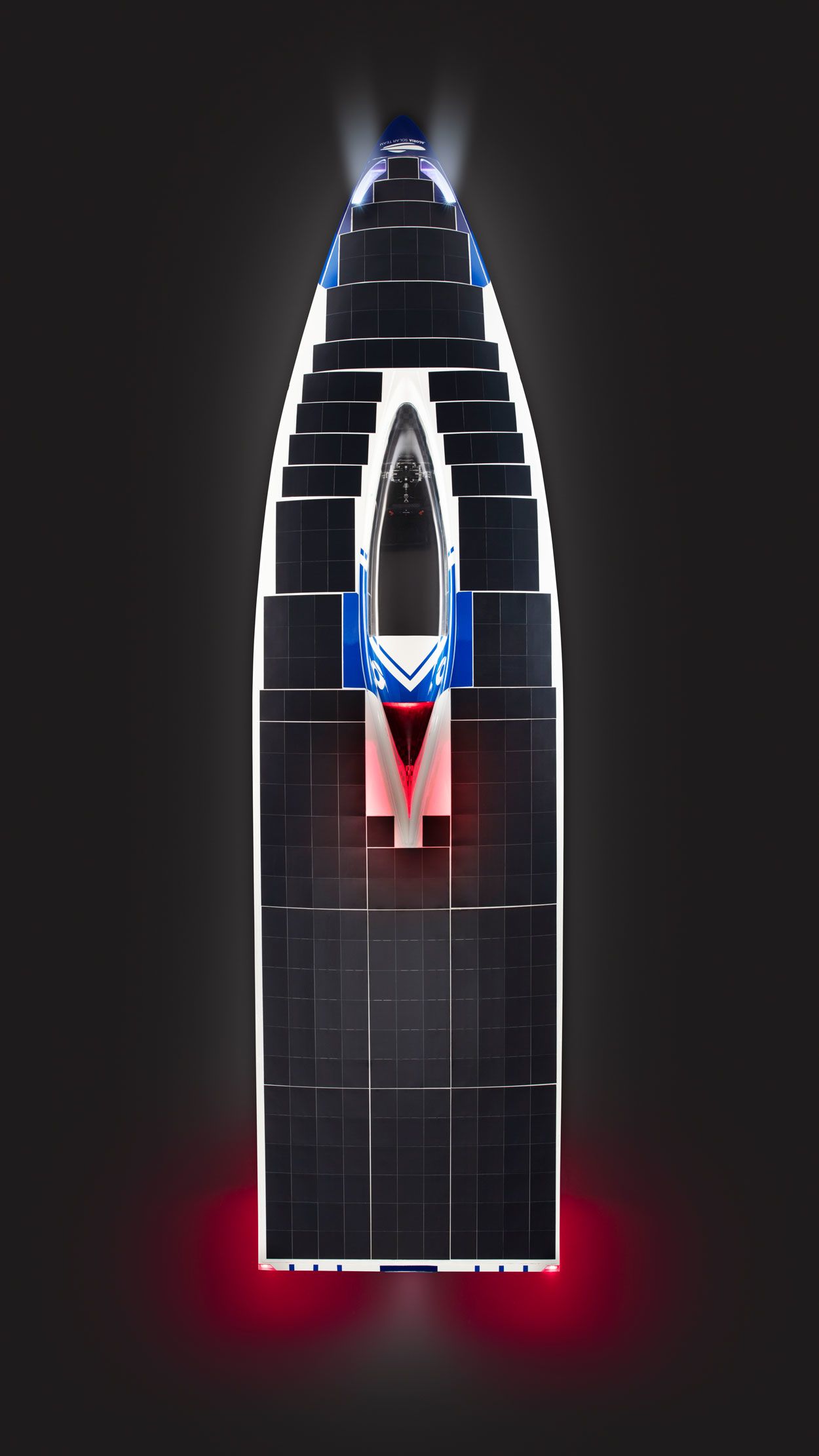
Why is the car now called Blue Point Atlas?
Hans: The 2019 champion car was called Blue Point. Therefore, the team wanted to continue on the same track of success and so decided to name the new car Blue Point as well. Atlas actually refers to the Atlas mountain range in Morocco, which is where the race will now take place for the first time.
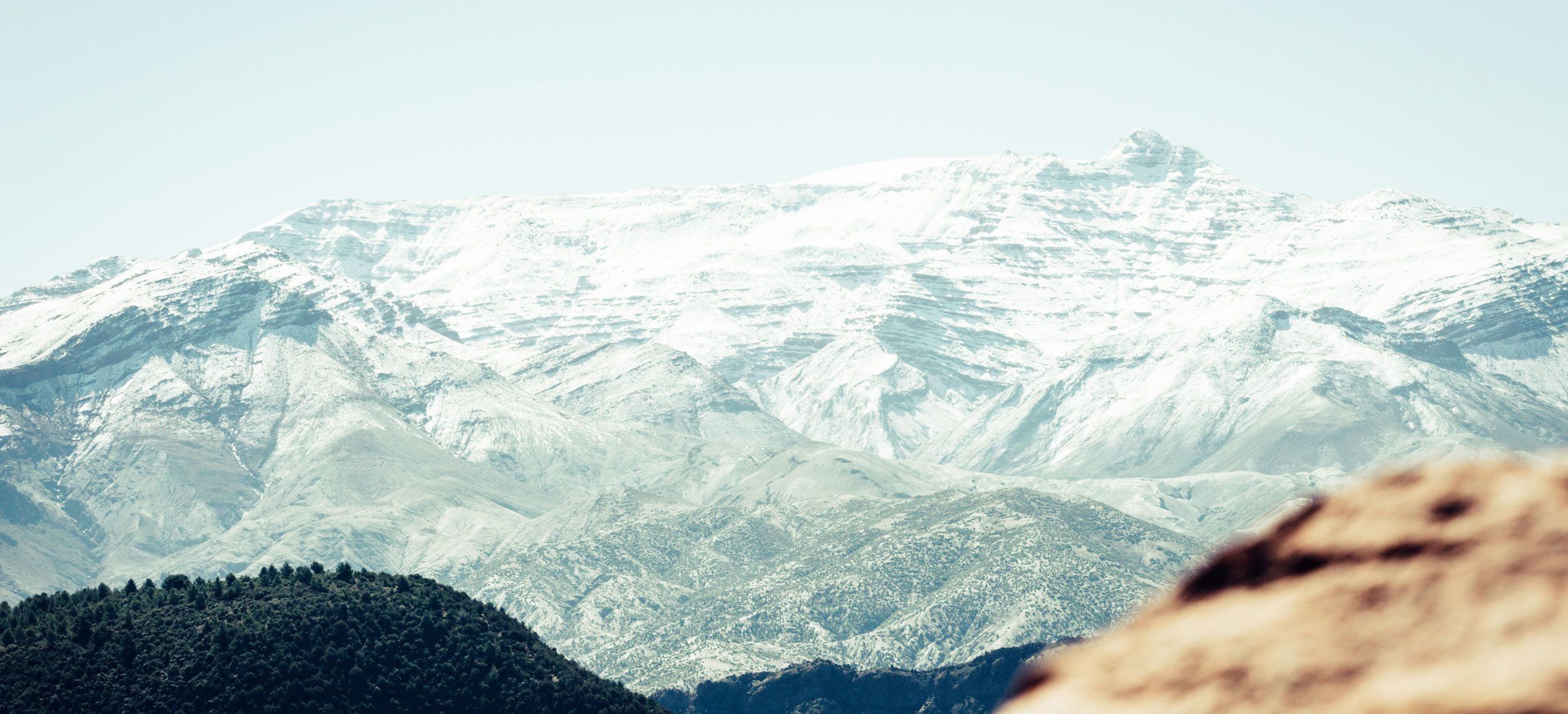
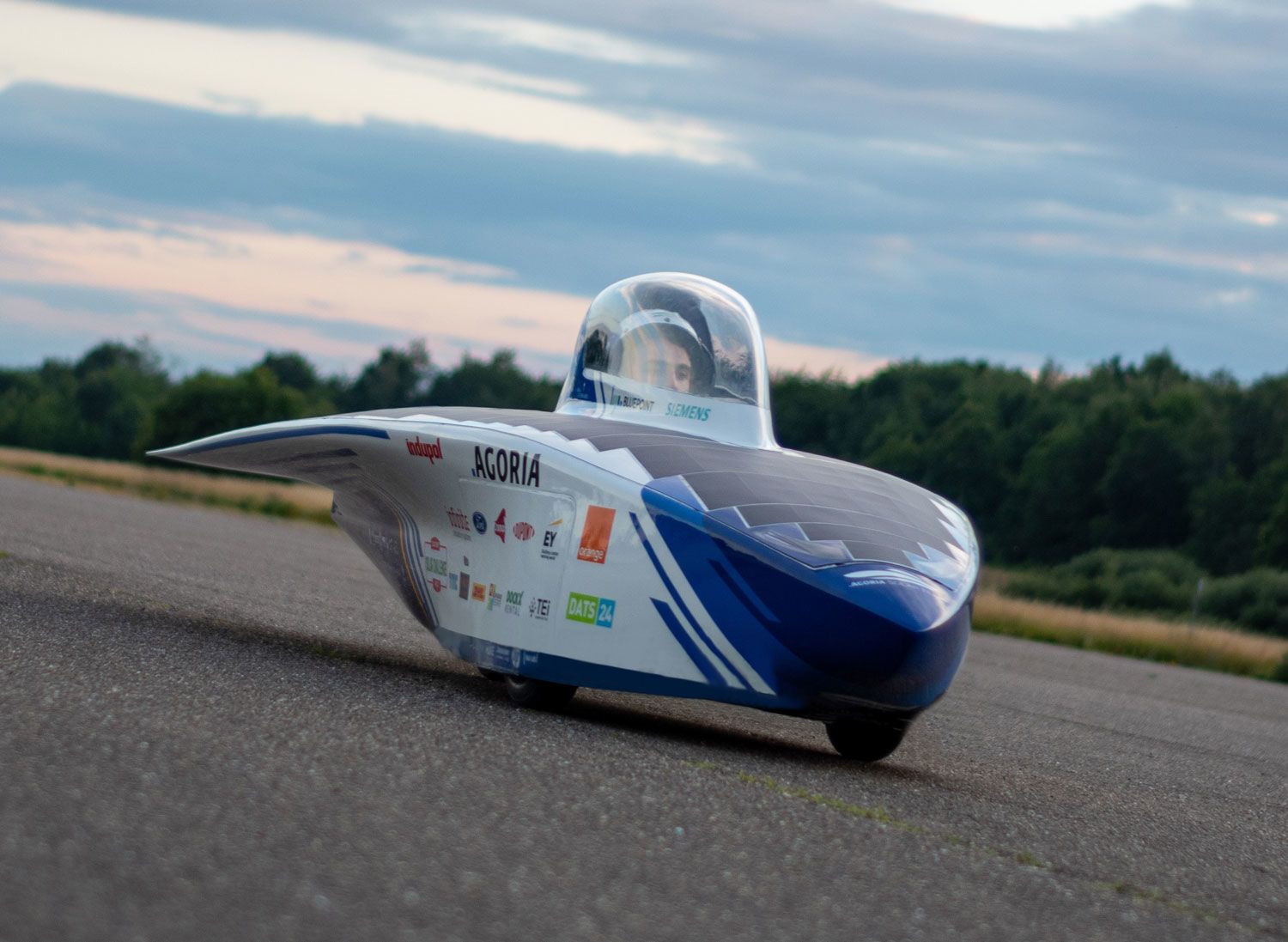
What will be different for this team and the car compared to racing in Australia, what are new challenges to overcome?
Hans: Last year, the race went straight through the desert and special attention needed to be given to the severe gusts of wind that are so common in South Australia. However, this year it is not expected to be so windy and as the race route is a loop, any advantage will be undone in the second half of the race. This year, the challenge will probably be overcoming steep climbs. Some stretches go up to 14%.
Els: The challenge will probably be the new location itself. Everyone was very familiar with the race route in Australia. Now however, everything will be new and different compared to previous editions.
When it comes to connectivity during the race, what will be the challenges there and how can satellite help?
Hans: It is crucial that the team has continuous access to the internet and that they are working with updated satellite information that provides essential information on cloud cover, wind and other environmental factors. Determining what speed to maintain at each instance of the race can mean victory or defeat. Going too fast will drain the battery if there’s not enough sun available in due time to replenish it.
The other major consideration is that their different cars in the convoy need to stay in permanent contact. But how do you maintain a reliable connection with sufficient bandwidth in the middle of the desert? A mobile network alone is not enough. If 3G/4G coverage is available, it will probably be used by all convoys but this will lead to sporadic connectivity, which is not sufficient. A satellite connection, even when the convoy is on the move, overcomes all of these concerns, as proven during the 2019 race.
Together with our partners Kymeta and Intelsat we will provide this crucial connectivity to the team wherever they are on the track.
Els: I hope that next to setting up very crucial and strategic connectivity for the team during the race, we can also provide connectivity that will allow the team to stream their experience so that some of that race excitement and energy can be beamed to the public at home.
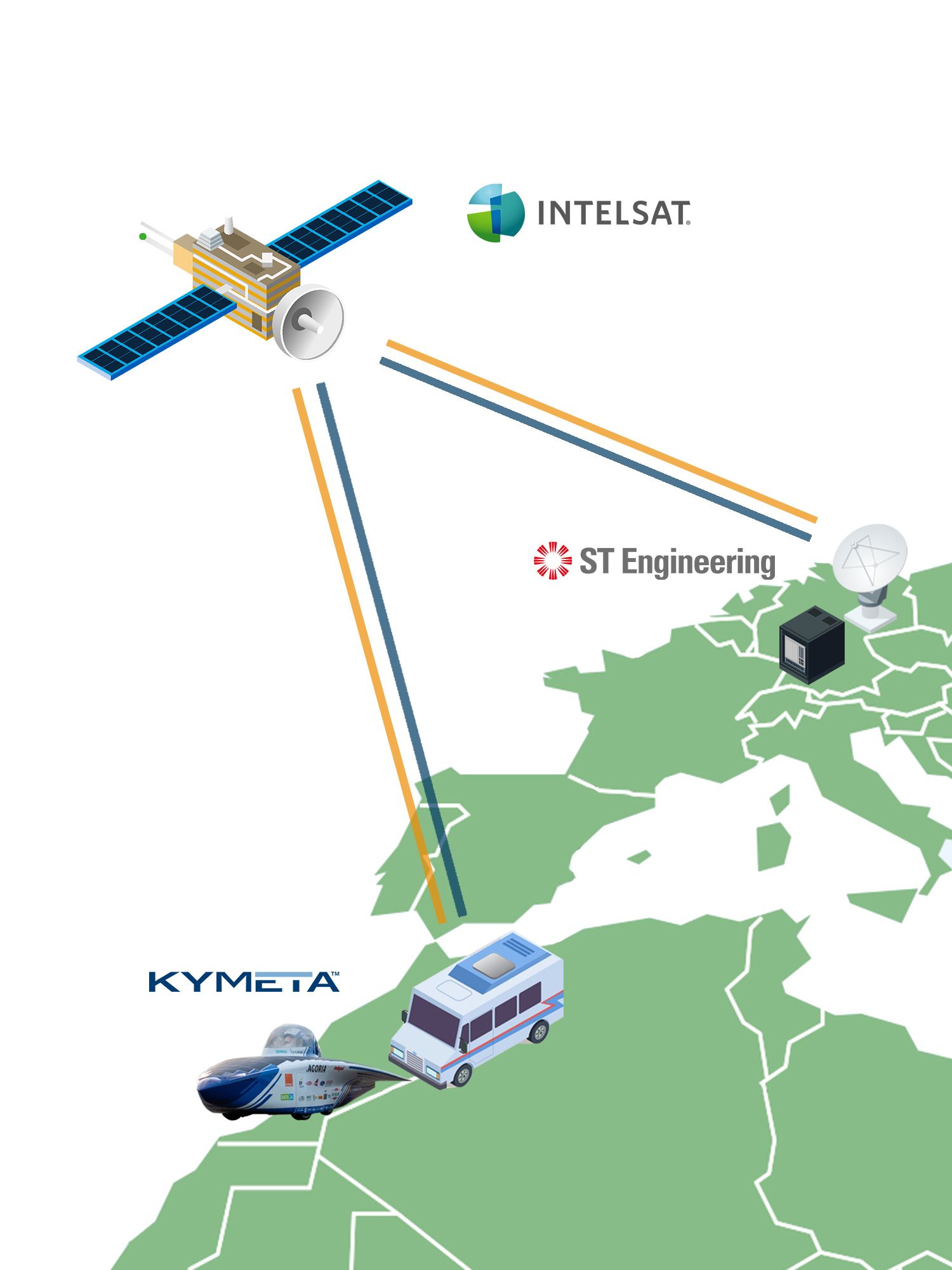
I believe this is now the 3rd race you and we as a company are part of. And you personally even joined one of the races in Australia. What are some of the things you will always remember about those races?
Hans: I think the standout memory for me will be the fact that this is a car built by students over one year which not only needs to be lightweight and fast, but also needs to qualify to run on the public roads and provide safety for the driver and the rest of the traffic. This is a huge undertaking and yet every team has risen to the challenge and gone over and above to make sure that it’s achieved.
Secondly, I think the stress of making decisions about the speed that the car should race at will stick with me. What do you do when other teams drive off faster? Do they have better information and therefore are they already preparing for victory, or are they making painful mistakes, meaning they will be powerless in the hours to come, waiting at the side of the road for more sun? It’s so unpredictable.
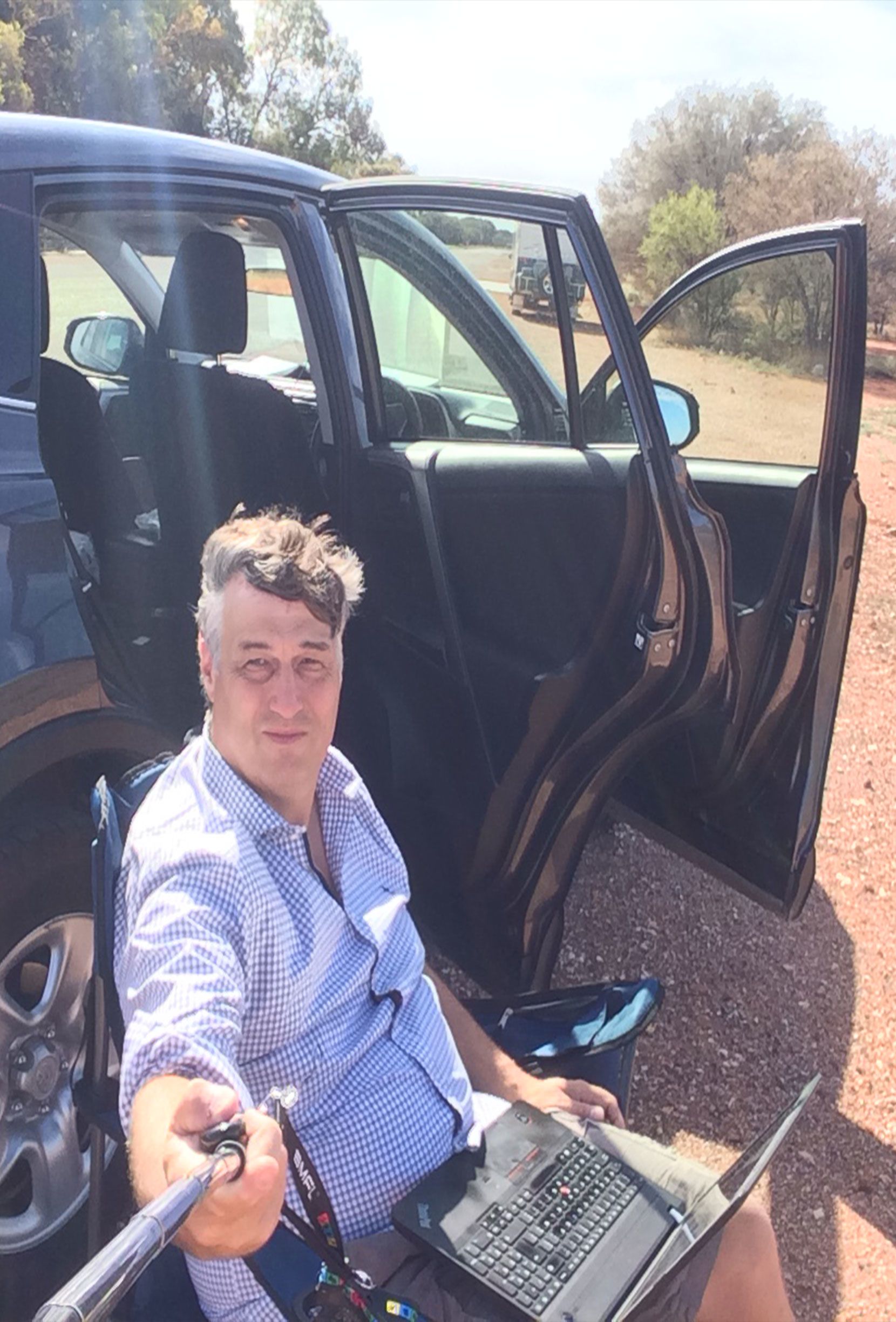
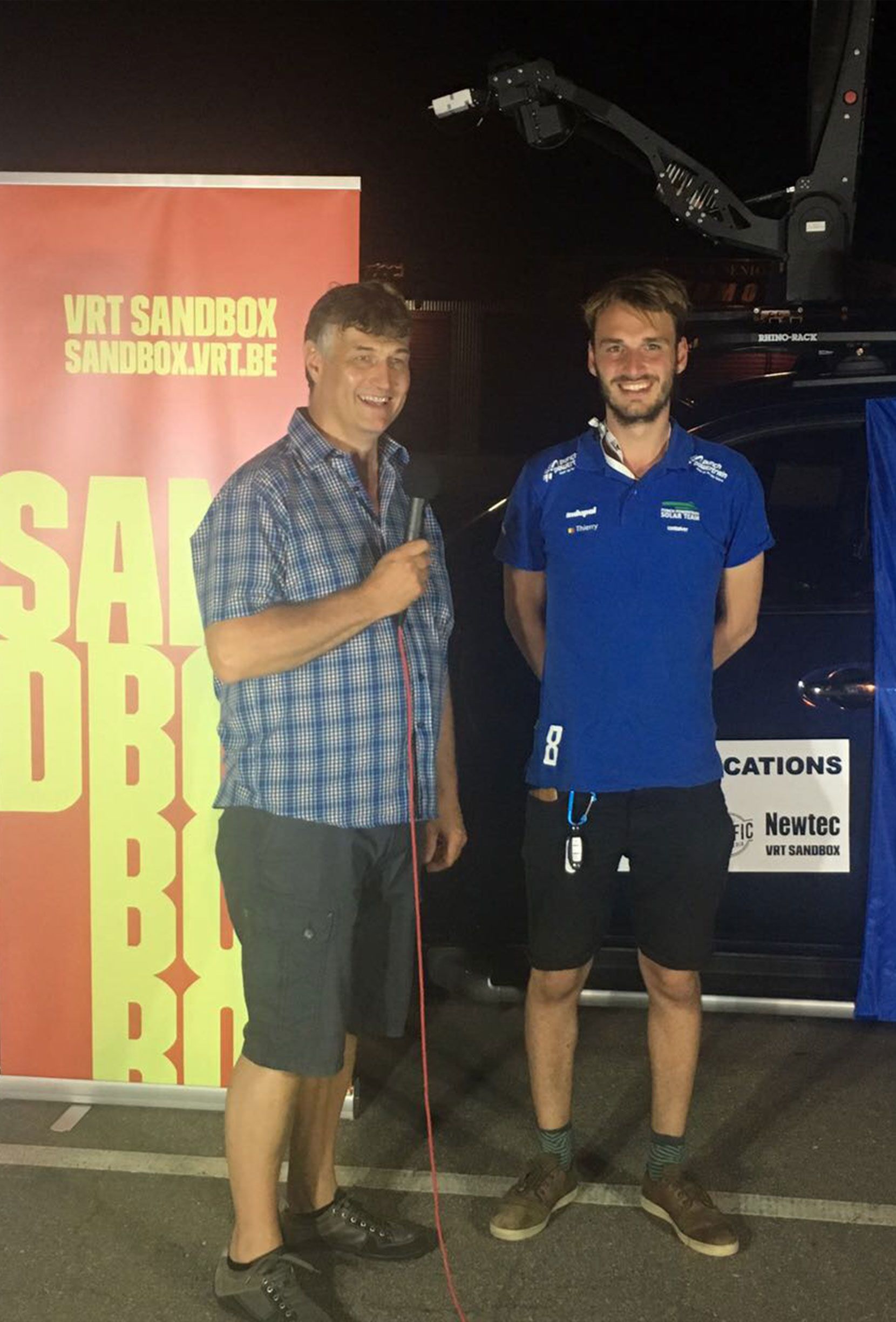
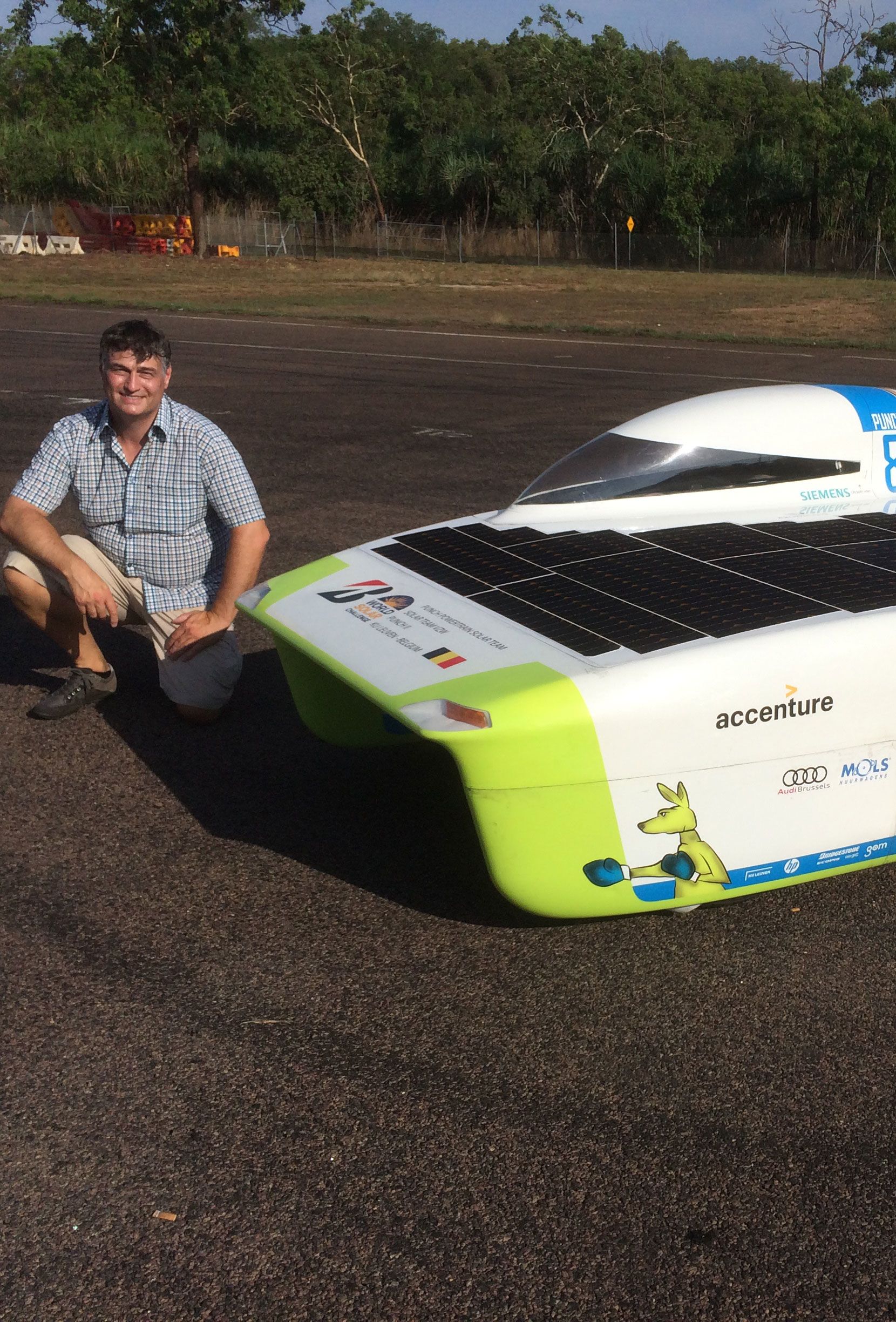
Els: I will always remember the year Hans joined the race team in Australia. That’s when we really got a feel of what it was like to race there and what it took to compete in such a race. Hans would send us daily updates, photos, videos and that was the year that we felt really connected to what was happening over there on the other side of the world. And of course, I will never forget when the team won the title … very proud moment!
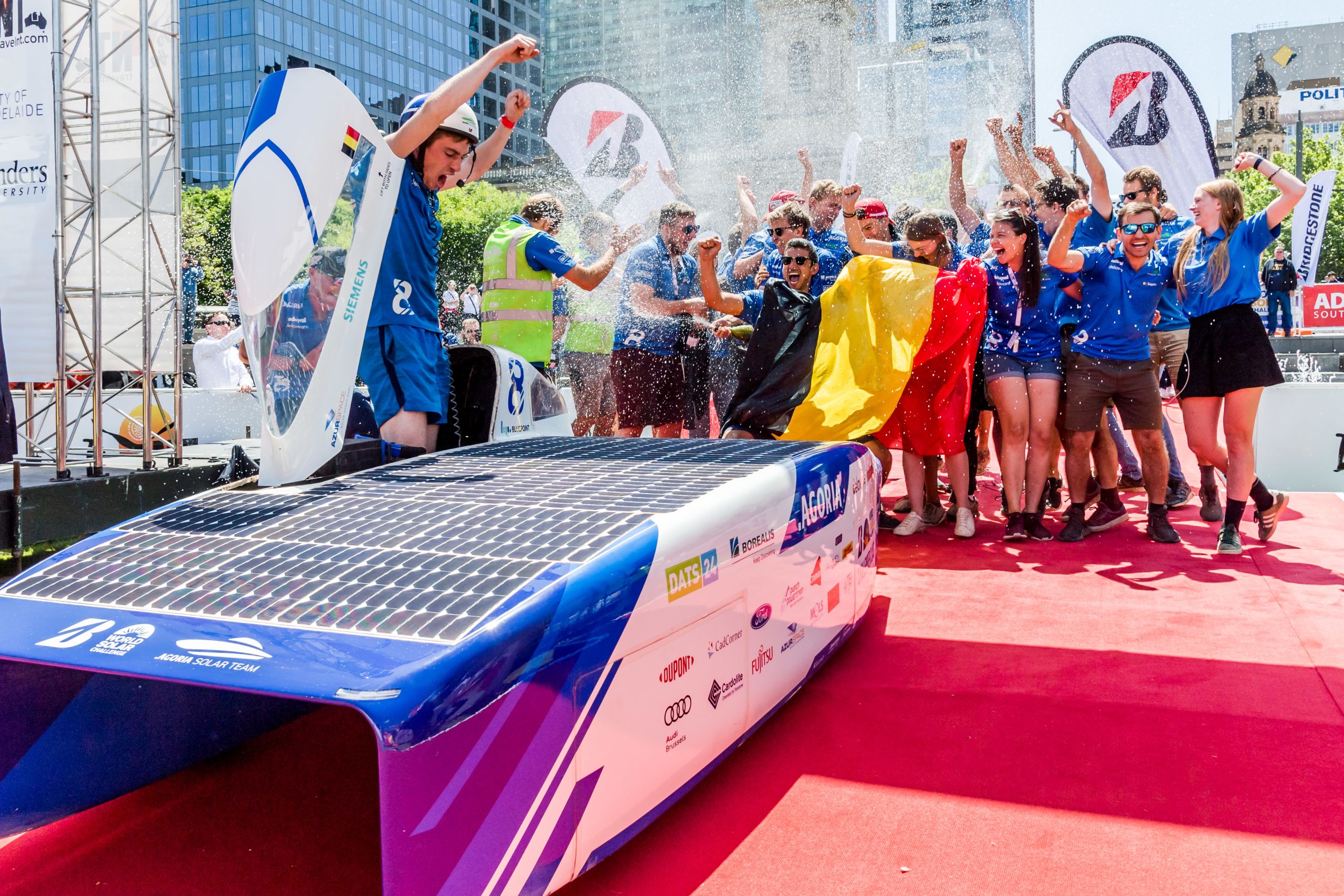
Let’s talk STEM. Next to connectivity and sustainability, we as a company are also interested in this project because of the way it promotes STEM. Can you talk a little about that?
Hans:The fact that we have a group of students, both male and female, utilizing cutting- edge technology to power a car can hardly promote STEM more.
In these cars, we find the latest generation solar panels, used rather for satellites than earth solutions. We see the “better than Tesla” battery, purpose designed. We see the transmission and stability all made of lightweight, carefully machined materials, focused on efficiency and the complex calculations to model the best aerodynamical result. There are engineers from many different backgrounds working on a joint project. It’s very impressive.
Els: We’re a technology and engineering company. We understand the importance of getting a lot of young minds excited about STEM. We also see it as a part of our responsibility as a company to support initiatives like this. This project is an excellent way of doing that. It’s also part of the responsibility of the Solar team to promote STEM, which they did through the Solar Olympiades contests for example. The Olympiades bring together teenagers to build different items using solar energy and creativity. It’s a great example of how the team encourages a new generation of engineering talent.
